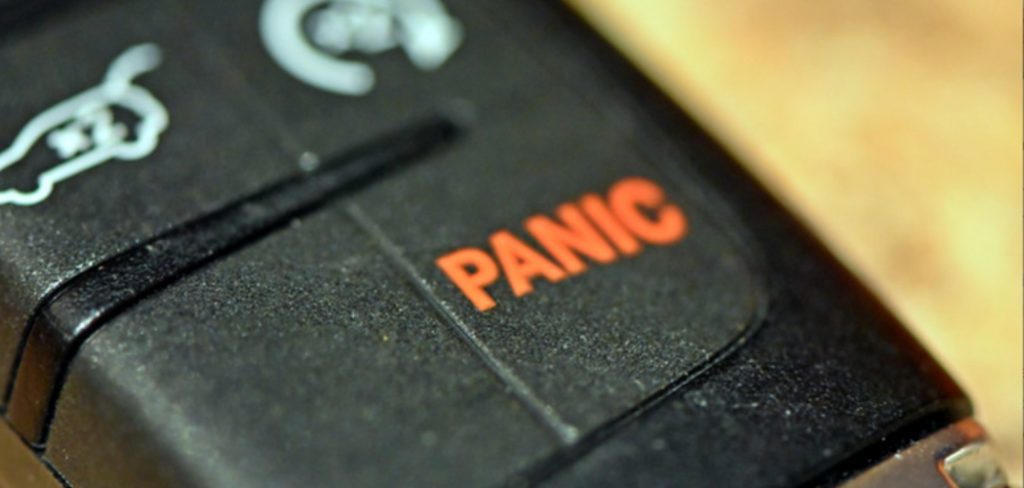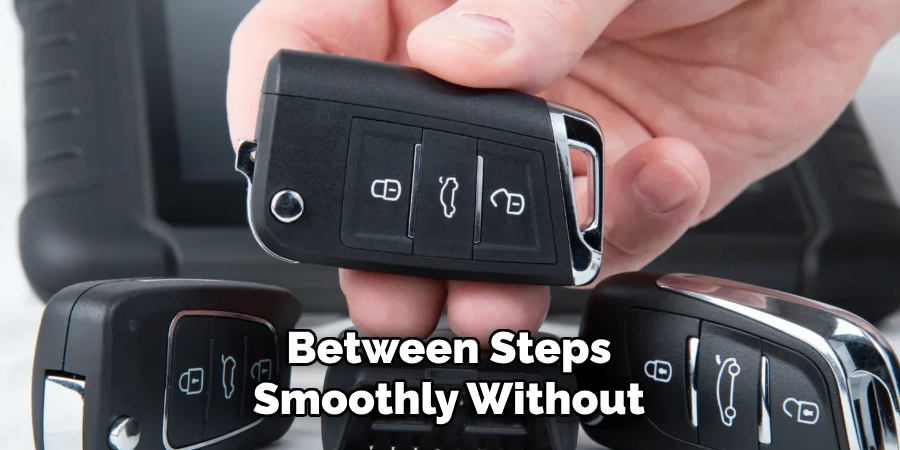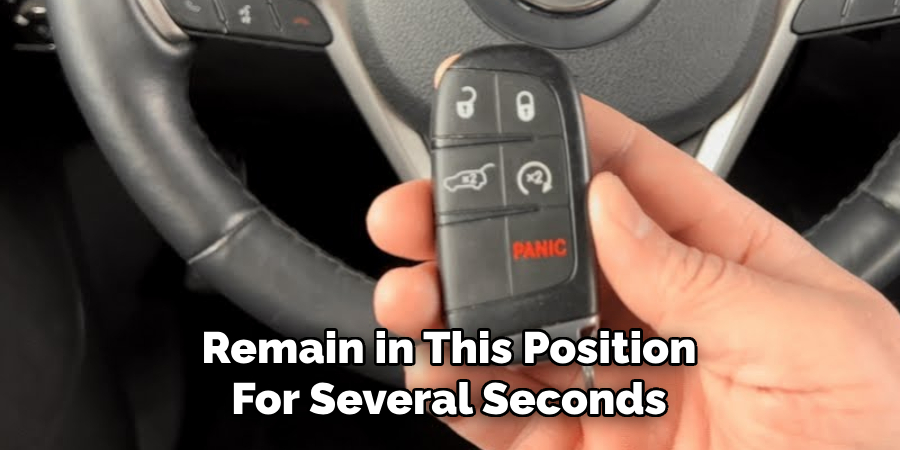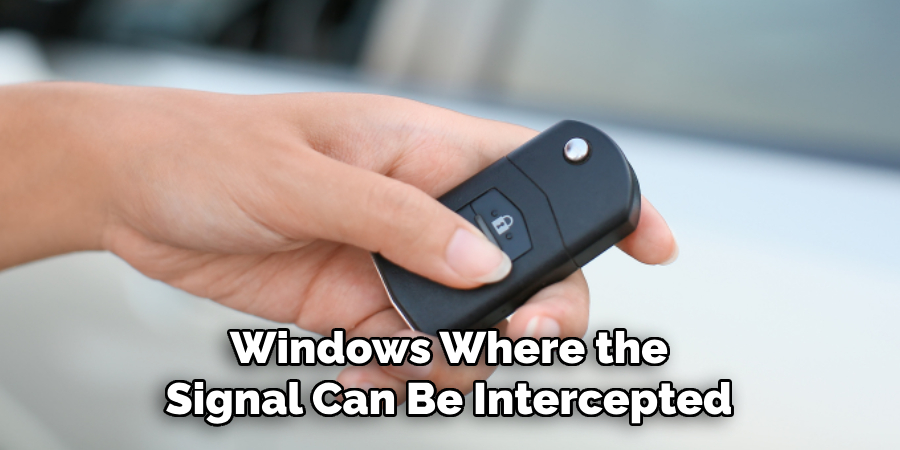Are you tired of using a traditional key to unlock your Jeep? Programming a key fob for your Jeep can make the process more convenient.
Programming a Jeep key fob is essential for ensuring your vehicle’s security and convenience. Whether replacing a lost key fob or adding a new one, learning how to program it yourself can save time and money. The process varies depending on the model and year of your Jeep, but with the right instructions, it’s straightforward to follow.

This guide on how to program jeep key fob will walk you through the necessary steps to successfully program your Jeep key fob and get it working seamlessly with your vehicle. Let’s get started!
What Are the Benefits of Programming a Key Fob for Your Jeep?
Before we dive into programming a key fob, it’s essential to understand why it’s worth your time and effort. Here are some benefits of programming a key fob for your Jeep:
- Convenience: Instead of using a traditional key, you can simply press a button on the key fob to lock or unlock your vehicle.
- Enhanced Security: With unique codes and encryption, programming a key fob adds an extra layer of security to your vehicle.
- Multiple Features: Depending on the model and year of your Jeep, your key fob may have additional features such as remote start or opening/closing power windows.
- Cost-Saving: Programming a key fob can save you from expensive dealership or locksmith fees. It’s also a one-time investment, as you can reprogram the same key fob if needed.
These are just a few of the benefits, and now let’s move on to the steps you need to follow to program your Jeep key fob successfully.
What Will You Need?
Before you start programming your key fob, make sure you have the following items ready:
- Replacement Key Fob: If you’re adding a new key fob, ensure it’s compatible with your Jeep model and year.
- Ignition Key: You will need the original ignition key to program the new key fob.
- Vehicle Identification Number (VIN): This can be found on your vehicle registration or insurance card.
- Internet Connection: Some models may require an internet connection for programming.
Once you have all these ready, you can follow the specific steps for your Jeep model.
10 Easy Steps on How to Program Jeep Key Fob
Step 1. Enter Your Vehicle:
Begin by sitting in the driver’s seat of your Jeep. Ensure all doors are closed to avoid interruptions during the programming process. It’s also a good idea to double-check that your Jeep is in “Park” mode if it has an automatic transmission. This will ensure safety and prevent the vehicle from moving accidentally during the procedure. Ensure you have your original ignition key and the replacement key fob within easy reach. Having both nearby will allow you to transition between steps smoothly without any delays. Once settled, you’re ready to begin programming your key fob.

Step 2. Insert the Original Key into the Ignition:
Take your original key and insert it into the vehicle’s ignition. Turn the key to the “On” position, but do not start the engine. The “On” position is typically when the dashboard lights illuminate without engaging the engine. This step activates the vehicle’s electrical system, which is necessary for the programming process to begin. Leave the key in this position for several seconds as you prepare for the next step.
Step 3. Insert the Replacement Key Fob:
Remove the original key from the ignition and promptly insert the replacement key fob. Turn the replacement key fob to the “On” position, just as you did with the original key. Again, do not start the engine. Allow the replacement key fob to remain in this position for several seconds. This step helps synchronize the new key fob with the vehicle’s electronic system, preparing it for proper use. Proceed carefully to ensure the programming process is successful.
Step 4. Program the Replacement Key Fob:

With the replacement key fob in the “On” position, press and hold the “Lock” button on the key fob for a few seconds. While holding the “Lock” button, press the “Unlock” button three times in quick succession. Release both buttons and wait for a confirmation signal, such as the vehicle’s locks cycling or a beep sound. This indicates that the programming process is complete. Test the key fob’s functions before turning off the ignition to ensure proper synchronization.
Step 5. Test All Key Fob Functions:
After programming, ensuring the replacement key fob is functioning correctly is crucial. Test all the key fob’s features, such as locking and unlocking the doors, opening the trunk, and activating the panic button, if applicable. Confirm that each function operates smoothly without any glitches. If any issues arise, repeat the programming steps or consult your vehicle’s manual for troubleshooting tips. Verifying the functionality guarantees that the key fob is ready for everyday use.
Step 6. Finalize and Store the Key Fob Safely:
Once you have confirmed that the key fob is functioning correctly, ensure it is stored securely when not used. Avoid exposing the key fob to extreme temperatures, water, or impacts, as these can damage its internal components. It is also helpful to keep a spare key fob handy in emergencies. Proper care and storage will extend the life of your key fob and ensure reliability when needed.

Step 7. Regular Maintenance of the Key Fob:
Regular maintenance is essential to ensure your key fob’s long-term functionality. Periodically check the battery level and replace it as needed, as a weak battery can lead to inconsistent performance. Clean the key fob’s exterior using a soft, dry cloth to remove dirt or debris that may accumulate over time. If your key fob shows wear or damage, consider consulting a professional for repairs or replacements. Regular upkeep will help maintain optimal performance and prevent unexpected issues.
Step 8. Troubleshooting Key Fob Issues:
If your key fob is not functioning as expected, there are several troubleshooting steps you can take. Begin by checking the battery and replacing it if necessary. Ensure the key fob’s contacts are clean and corrosion-free, as this can interfere with proper operation. If the issue persists, try re-pairing the key fob with your vehicle by following the manufacturer’s instructions. For technical problems or unresolved issues, it’s advisable to contact your vehicle’s dealer or a qualified technician for professional assistance. Effective troubleshooting can save time and restore your key fob’s functionality swiftly.
Step 9. Enhancing Key Fob Security:
To ensure the security of your vehicle, consider taking steps to protect your key fob against potential threats, such as signal hacking or theft. Using a signal-blocking pouch or case, also known as a Faraday bag, can prevent unauthorized access by blocking the signal emitted by the key fob. Additionally, avoid leaving your key fob near entry points or windows where the signal can be intercepted. If applicable, updating your vehicle’s software can enhance security features. Protecting key fob security is crucial for safeguarding your vehicle and personal belongings.

Step 10. Key Fob Battery Maintenance Tips:
Proper maintenance of your key fob’s battery can improve its longevity and ensure reliable performance. Check your key fob battery status periodically, especially if you notice reduced range or delayed response times. Replace the battery with the correct type as specified in your user manual, and always handle the battery with care to avoid damage. Dispose of used batteries responsibly to minimize environmental impact. Consistently maintaining your key fob’s battery can help prevent unexpected issues and keep it functioning efficiently.
By following these steps, you can successfully program your replacement key fob and maintain its functionality for years.
5 Things You Should Avoid
- Skipping the Instruction Manual: Avoid overlooking the specific instructions in your Jeep’s user manual. Each vehicle model may have unique programming steps that, if skipped, could result in failure or errors during the process.
- Using Incorrect Tools or Equipment: Use the right tools, such as a compatible key fob and battery, for your Jeep model. Using incorrect or incompatible equipment can cause programming issues and damage the key fob.
- Ignoring Battery Health: Do not attempt to program your key fob if its battery is low or dead. A weak battery can disrupt the signal transmission necessary for successful programming, leading to frustration and repeated attempts.
- Rushing Through the Process: Avoid rushing through the programming steps, as this can result in improper completion or missed steps. Take the time to follow the instructions carefully to ensure the key fob is programmed correctly.
- Trying to Program Near Signal Interference: Keep your programming area free from devices that might interfere with the signal, such as other electronic key fobs, smartphones, or wireless devices. Signal interference can prevent proper synchronization between the key fob and your vehicle.
Conclusion
How to program Jeep key fob requires careful attention to detail and adherence to specific instructions.
By avoiding common mistakes, such as using incompatible equipment rushing through the process, and ensuring the battery is fully charged, you can achieve successful programming. Additionally, working in an area free from signal interference will help ensure proper synchronization between the key fob and your vehicle.
With patience and the correct tools, you can efficiently program your Jeep key fob and enjoy its convenience and security features.
About
Safety Fic is a distinguished figure in the world of Diy design, with a decade of expertise creating innovative and sustainable Diy solutions. His professional focus lies in merging traditional craftsmanship with modern manufacturing techniques, fostering designs that are both practical and environmentally conscious. As the author of diy, Safety Fic delves into the art and science of Safety Fic-making, inspiring artisans and industry professionals alike.
Education RMIT University
(Melbourne, Australia) Associate Degree in Design (Safety Fic) Focus on sustainable design, industry-driven projects, and practical craftsmanship. Gained hands-on experience with traditional and digital manufacturing tools, such as CAD and CNC software.
Nottingham Trent University
(United Kingdom) Bachelor’s in diyfastly.com and Product Design (Honors) Specialized in product design with a focus on blending creativity with production techniques. Participated in industry projects, working with companies like John Lewis and Vitsoe to gain real-world insights.
Publications and Impact
In diy, Safety Fic his insights on indoor design processes, materials, and strategies for efficient production. His writing bridges the gap between artisan knowledge and modern industry needs, making it a must-read for both budding designers and seasoned professionals.
